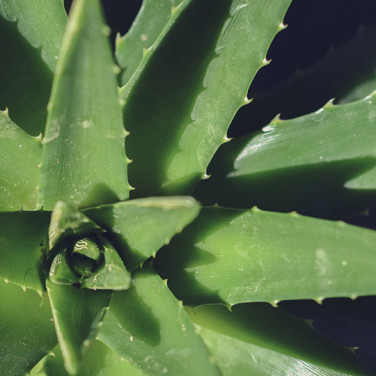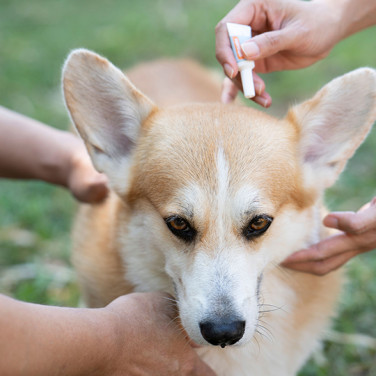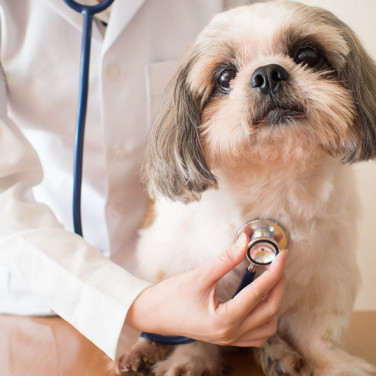SYMPTOMS
What is Pica in Dogs? What Causes Pica in Dogs and How do you Treat it
페이지 정보
본문
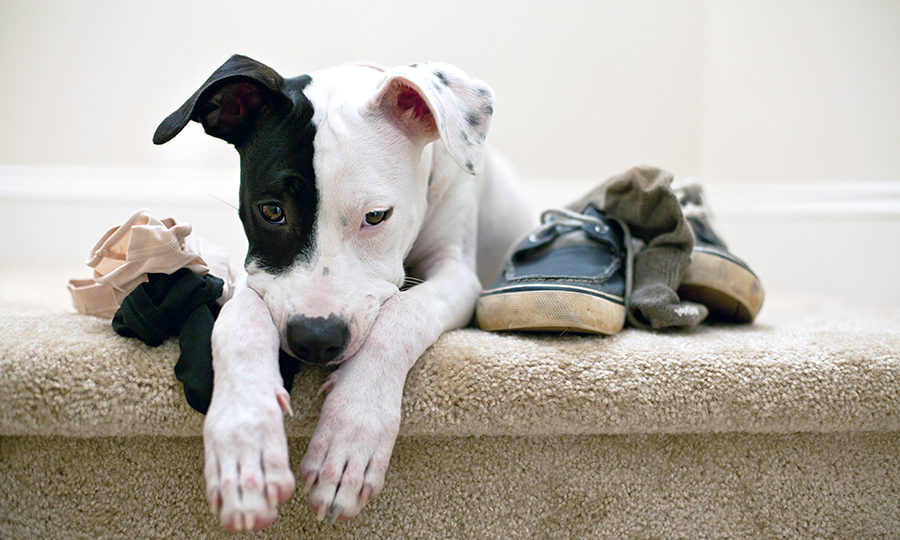
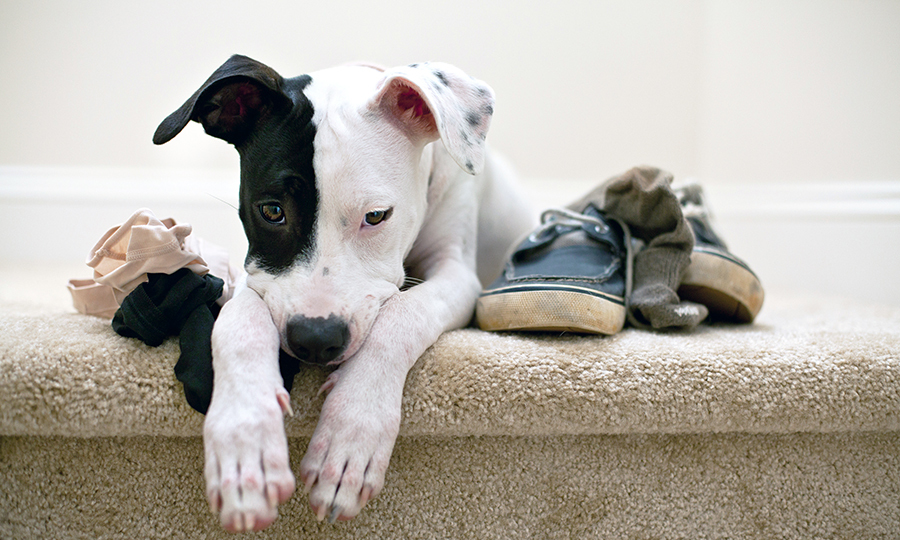
What is pica in dogs?
Pica is a condition where dogs may begin to consume non-food items such as fabric, plastics, twigs, paper, and even stones. This condition usually occurs in puppies and adult dogs, and its main causes are behavioral problems or drug-induced issues. While some may not perceive pica as a serious symptom, it does pose a significant risk to a dog’s health. If your puppy ingests something toxic that can cause digestive problems and can quickly turn into a medical emergency. Therefore, it's crucial to address the underlying cause of pica by exercising your dog, correcting their behavior, or managing their diet properly to prevent future instances.
What causes pica in dogs?
Pica is often attributed to behavioral problems or as a side effect of certain medications. Behavioral pica, also known as stress eating, is triggered by emotions such as boredom, anxiety, or stress. In some cases, separation anxiety can also cause this behavior, leading to actions like ripping and chewing on bedding or rummaging through trash cans.
The main causes of pica are as follows:
-
Behavioral causes
Separation anxiety and stressful or anxious situations can cause symptoms of pica in some cases.
-
Endocrine diseases
Endocrine disorders, such as diabetes, thyroid disease, and Cushing’s disease can upset the nutritional balance in a dog’s body, which can lead to pica.
-
Anemia
If your dog has anemia, they may develop geophagia, where they will intentionally eat soil-like substances such as dirt, clay, chalk, etc. for nutrition.
-
Medication
If your dog is taking any steroid medications, their appetite may increase, which can result in pica.
Symptoms of pica in dogs
Pica is an obvious symptom when observed, but dogs will often hide and eat foreign substances without the guardian knowing. Therefore, you may notice some signs that typically accompany or are caused by pica.
Some signs that may accompany pica in dogs:
-
When foreign substances are ingested, digestive problems may occur, causing vomiting and diarrhea in dogs.
-
Decreased energy, loss of appetite
Digestive disorders caused by ingestion of foreign substances can cause loss of energy and loss of appetite.
-
Abdominal pain
Digestive problems caused by ingesting foreign objects can cause stomach pain and intestinal obstruction.
When to see a vet for pica in dogs
Puppies perceive the world through their nose and mouth, so this symptom may eventually just happen out of curiosity. In these instances, this behavior would be considered normal and will naturally resolve itself over time. It is when you have observed this behavior continuously and/or you notice a pattern of pica due to stress or as a side effect of a certain drug, that should cause concern. This behavioral symptom should not be taken lightly, as many avoidable health issues can be avoided by addressing the underlying cause as soon as possible. If pica occurs due to an unknown cause and especially if it persists over a short period, it is important to visit the vet and treat the underlying cause.
How to manage pica in dogs at home
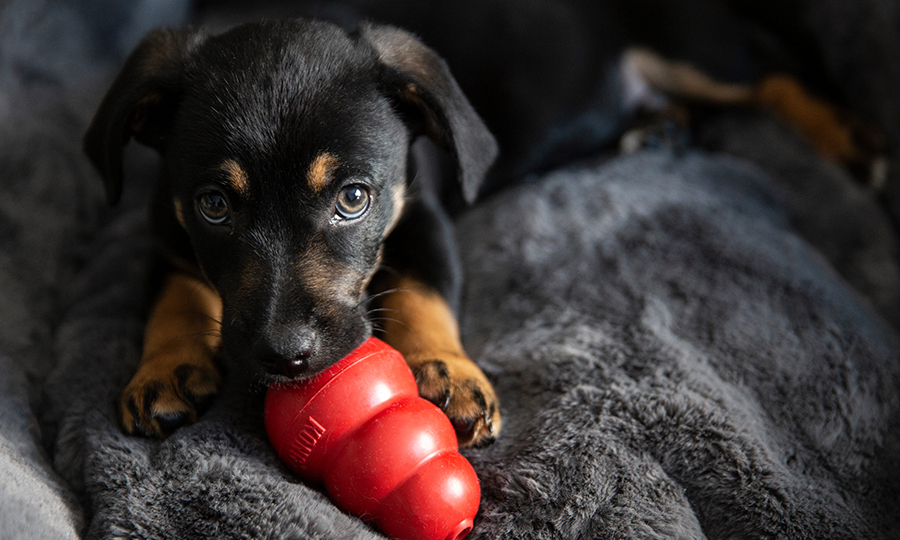
If your dog has pica, it is important to determine what caused it. In the case of behavioral problems, it is necessary to create a comfortable environment in which your dog does not feel stressed or anxious. If separation anxiety is severe, professional behavioral correction may be required. In the meantime, you should try to enrich their life while alone with puzzles and nose walk toys.
Ensure that your dog’s meals are sufficient with their daily nutrients. If everything is good there, it may be helpful to feed their normal feeding amount split into 3 to 4 smaller servings throughout the day to help with digestion and ensure easier nutrient absorption. If your dog has pica, you will also begin taking better care of their surroundings and not leave any dangerous objects around to avoid an emergency.
Diagnosing pica in dogs
Pica is easily confirmed when the act of eating a foreign substance is observed. Although identifying the symptoms is straightforward, determining the underlying cause can pose a challenge. If you bring your pet to a veterinary clinic for pica-related concerns, the veterinarian will need to eliminate possible causes, which can be a complicated task. If you take your dog to the vet, the veterinarian may inquire about several factors to aid in arriving at an accurate diagnosis.
You can expect to hear some of the following questions:
- When did you first observe the symptoms of pica in your dog?
- Does your dog have separation anxiety? If so, how much time does your dog spend alone per day?
- What kind of meals does your dog eat, daily feeding amount, and frequency of feeding?
- Does your dog drink a lot of water or pee often?
- Is your dog currently taking any medications?
Based on the answers, the veterinarian will conduct some of the following tests:
-
Physical examination
A full physical examination is performed to determine if any outliers can point to a cause for pica.
-
Blood tests
Blood tests can help give the vet a rough idea of whether your dog has anemia or problems with other organs. At this time, endocrine diseases can also be identified.
-
Imaging tests (X-ray, ultrasound)
If foreign substances are ingested, it is necessary to check whether any obstruction or an indigestible foreign substance was swallowed. In addition, overall organs are observed through X-ray imaging as well.
Treatment for pica in dogs
A treatment plan for pica will depend on the underlying cause.
-
Treatment for pica due to disease
If pica is due to diabetes, the dog will be treated with insulin treatment, and if it is caused by thyroid disease, the dog will be treated with the appropriate drugs.
-
Drug treatment for pica due to behavioral issues
Fluoxetine hydrochloride or clomipramine hydrochloride may be prescribed to relieve anxiety in dogs.
Dog-appeasing pheromones can also be prescribed to help alleviate anxiety in dogs.
Preventing pica in dogs
To prevent pica, it is crucial to ensure that your pet receives sufficient exercise, a balanced diet, and resides in a stress-free environment. It is also important to keep items that your pet may be tempted to chew or consume, other than food, out of reach. If pica persists despite these measures, it is advisable to seek veterinary attention to determine the underlying cause.
Find out more about your dog’s symptoms and diseases on the Buddydoc app!
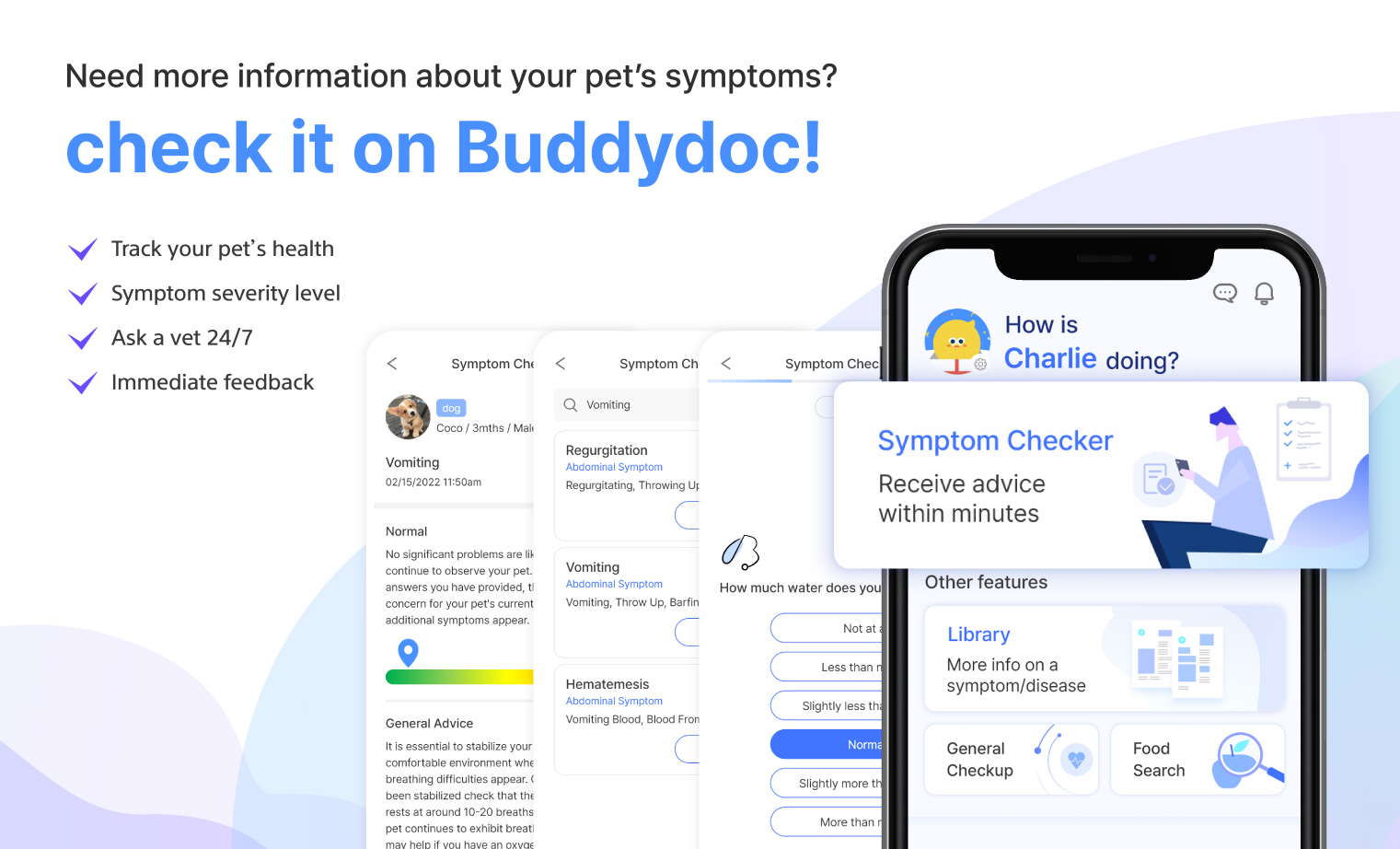
The Buddydoc library is filled with everything you’d want to know about each symptom and disease your pet may experience. If you would like to find out more about the causes, signs, treatments, preventions, and more for your dog’s disease. Try out the Buddydoc app and search for your pet’s symptoms or diseases in the Buddydoc library.




